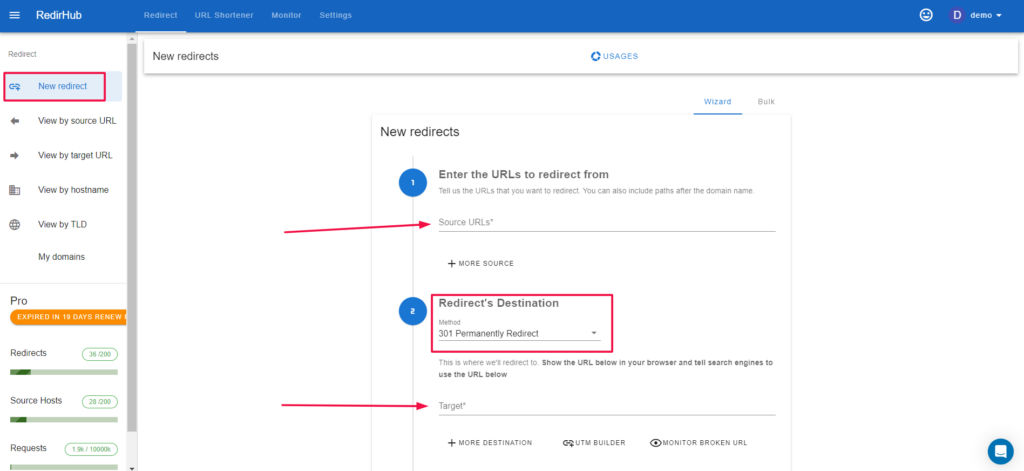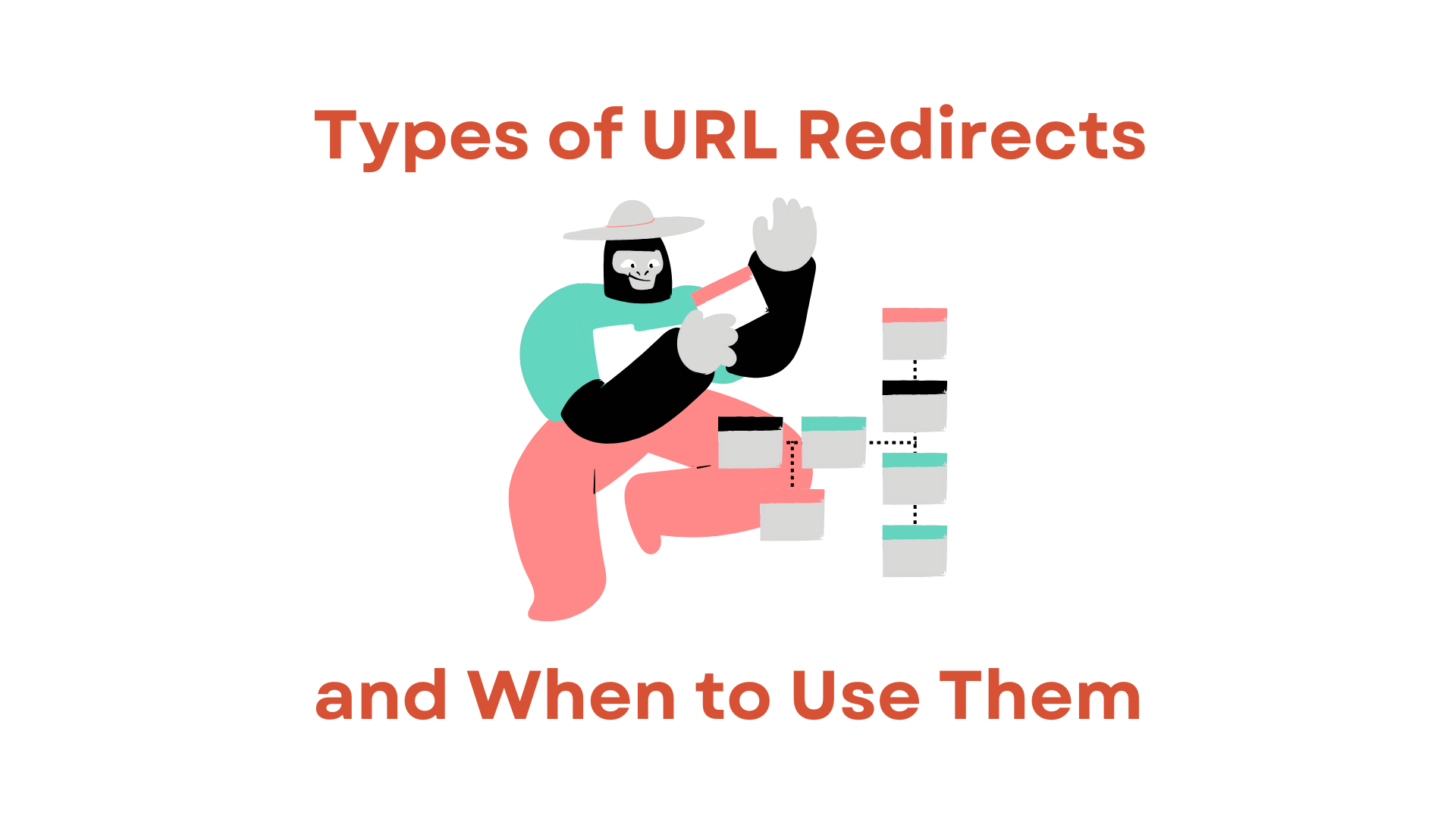In today’s digital landscape, mobile devices have become an integral part of our lives, and businesses are constantly adapting to meet the needs of their mobile-savvy customers.
One common challenge website owners and marketers face is optimizing the user experience for iOS and Android users. The most effective way to address this challenge is by implementing iOS/Android detection and redirecting users to the mobile app or a landing page based on their device.
In this article, we will explore the importance of iOS/Android detection and how to implement it for a seamless user experience.
So, let’s get started.
The Significance of iOS/Android Detection

Mobile users come from diverse backgrounds, using different devices and operating systems. Two major players in the mobile operating system world are iOS and Android.
To cater to the preferences and requirements of users on these platforms, iOS/Android detection becomes crucial.
Here are a few reasons why it matters:
- Tailored User Experience: Users have specific expectations regarding their operating system. By detecting the user’s OS, you can provide a customized experience that matches their device’s capabilities and design guidelines.
- Promoting Mobile Apps: If a mobile app is available for your business, redirecting users to download or open the app can significantly improve user engagement and conversion rates.
- Consistency and Compatibility: By redirecting users to an optimized landing page or app, you ensure they have a consistent and smooth experience, reducing the risk of compatibility issues and frustrations.
- Analytics and Tracking: Detecting the user’s OS allows you to gather valuable data about user preferences, which can help you refine your marketing and user experience strategies.
Implementing iOS/Android Detection
Now that we understand the importance of iOS/Android detection, let’s explore how to implement it effectively:
1. User-Agent Detection:
- One standard method for detecting iOS/Android devices is examining the User-Agent HTTP header sent by the user’s browser.
- Libraries and scripts, such as WURFL, DeviceAtlas, or user-agent parsers in various programming languages, can help you parse and interpret this data.
- Based on the User-Agent, you can redirect the user to the appropriate destination, such as the mobile app or a mobile-friendly landing page.
2. JavaScript Redirection:
- You can use JavaScript to detect the user’s operating system and then redirect them accordingly.
- JavaScript libraries like “platform.js” can simplify this process.
- Ensure that you allow users to override the automatic redirection to maintain user control.
3. Deep Linking:
- If you have a mobile app, implement deep linking to transition users between the web and the app seamlessly.
- Deep links are URLs that can open specific content or features within the app when clicked.
4. Server-Side Detection:
- For more advanced control and security, consider implementing server-side detection.
- Server-side scripts can determine the user’s OS and generate the appropriate response before the web page loads.
Also Read: How to Redirect To Relevant App Store?
Ultimate Solution: Leverage the Power of RedirHub to Link the App or Landing Page
Once you have decided which iOS/Android detection method to use, it’s time to set up a redirection strategy. For this, RedirHub will help you as the ideal ally in managing and optimizing your redirections.

Here are the steps that can help you.
- Sign Up: Visit the RedirHub website and sign up for a free account.
- Access Dashboard: After successfully logging in, access the dashboard.
- Create a New Redirect: In the dashboard, locate and select “Create a New Redirect.”
- Configure Source and Target URLs: Enter the source URL (the URL you want to redirect from) and the target URL (the URL you want to redirect to).
- Choose Redirect Type: Select the redirect you want to use, such as a 302 temporary redirect or a 307 temporary redirect.
- Save: Click the “Save” button to complete the setup, and your URL redirect is ready to use.
Conclusion
In our mobile-centric world, optimizing the user experience for iOS and Android users is paramount. Implementing iOS/Android detection and redirection strategies ensures users get a tailored experience, helps promote your mobile app, and gathers valuable user data.
By following best practices and using the right tool like RedirHub, you can create a seamless and user-friendly environment for your mobile audience, ultimately leading to higher user satisfaction and better business outcomes.




